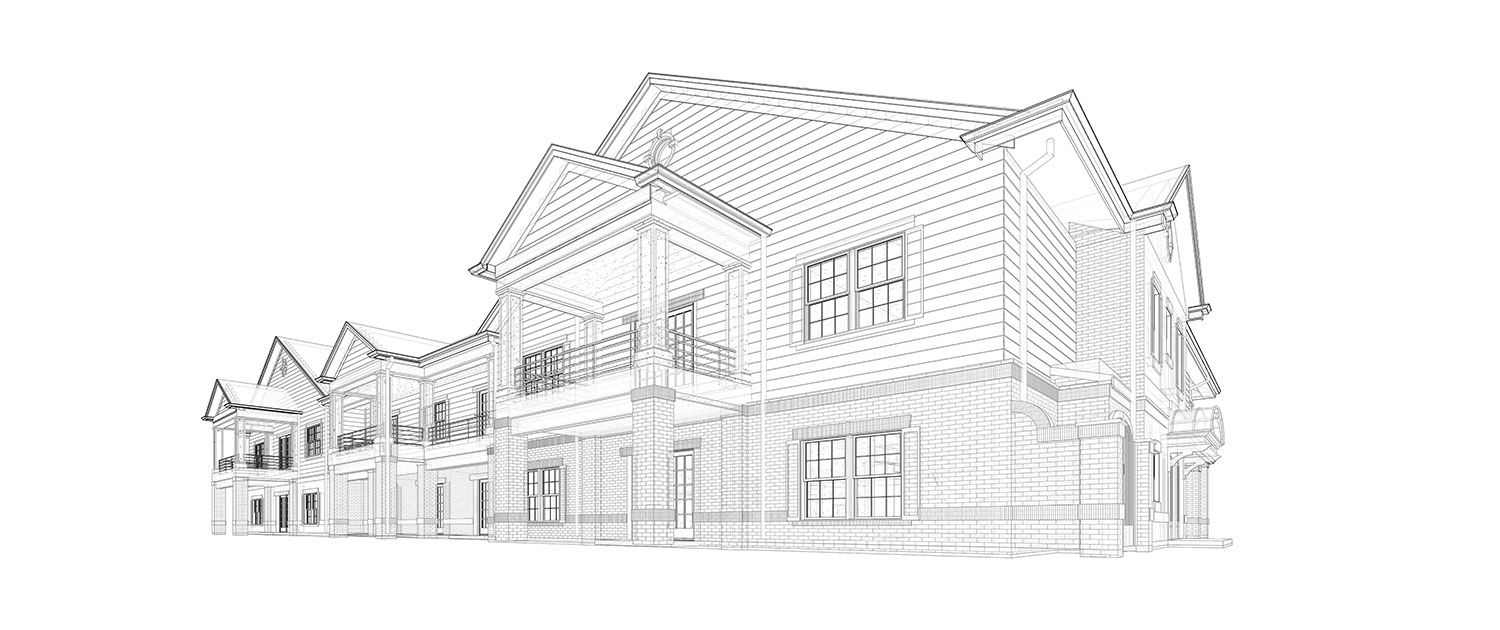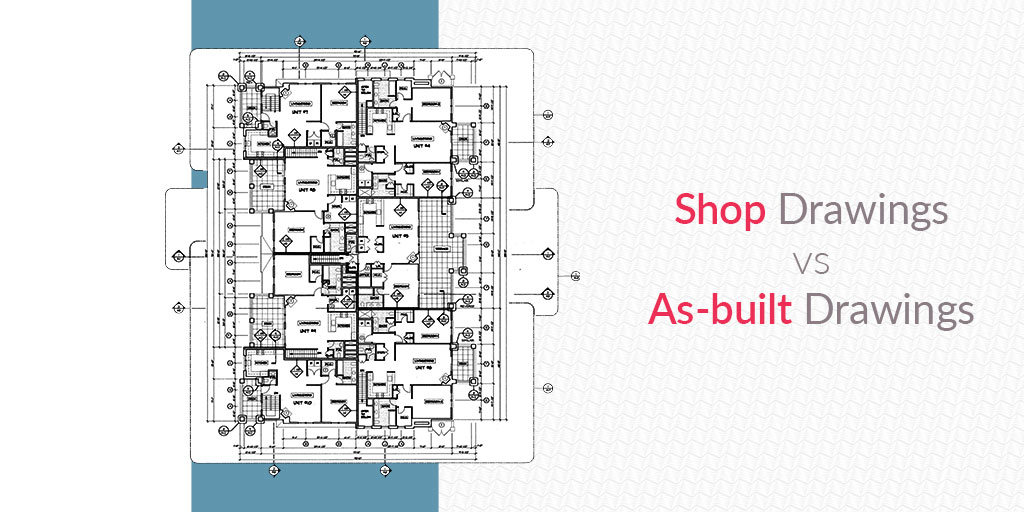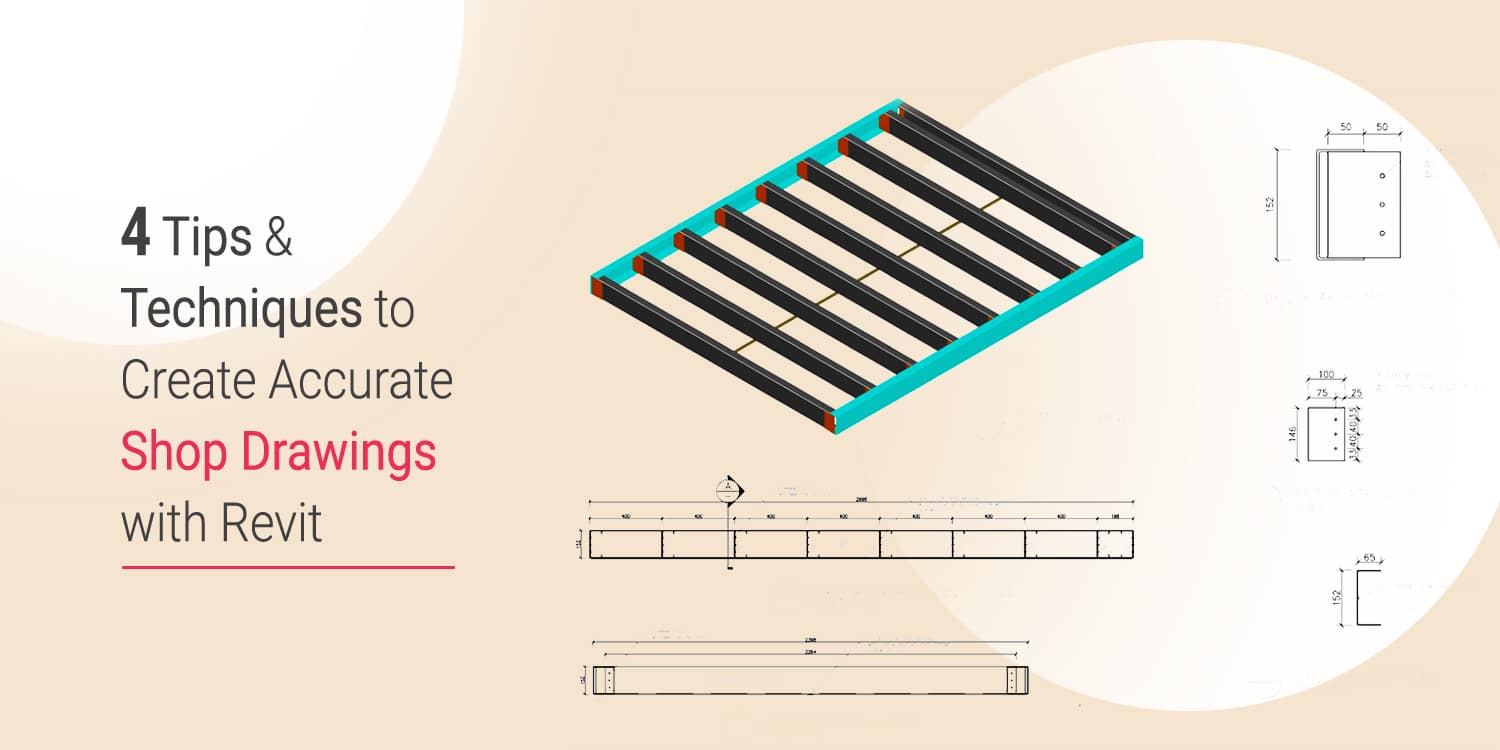Last updated on: January 2, 2025
Table of Contents
- Types of Design and Construction Drawings
- Architectural Drawings
- Different Types of Architectural Drawings list include:
- Need Detailed Excavation Plans?
- Structural Drawings
- Need Help with Lintel Beam Layouts?
- Electrical Drawings and Plumbing Drawings
- HVAC and Firefighting Drawings
- Other Types of Construction Drawings
- FAQs (Frequently Asked Questions)
- Transform Your Building Vision with Us
Making a construction plan before beginning the construction is imperative. It provides a detailed overview of the building construction drawings. Keeping that in mind, different types of drawings are used today for this purpose.
Apart from providing the technical details in a readable format, these drawings are also essential to getting the project approval.
They set a benchmark for the construction process and assure compliance with the building drawing standards.
It can be said that these construction drawings provide an outlet for the architecture to convey their ideas and concepts regarding any building.
Types of Design and Construction Drawings
Listed below are the majority of the Design & construction drawings. All the types of design & construction site drawings can be segregated into the following sets of drawings:
- Architectural Drawings
- Structural Drawings
- HVAC Drawings
- Electrical & Plumbing Drawings
- Firefighter Drawings
- Miscellaneous Drawings
Architectural Drawings

Architectural drawings are the technical representation of a building drawings that is made prior to the beginning of the construction process. They are made with lines, projections and are based on a scale.
Recommended Reading: Benefits of Outsourcing Architectural Drafting Services
Different Types of Architectural Drawings list include:
1.
Site Plan Drawings
An Architectural Site Plan drawing is an aerial view of the construction site drawings that includes the primary building and its adjoining constructions.
Among its wide applications, we can include construction drawings for building improvement and understanding the scope of construction activities.
Along with it, it helps identify the topography of the building construction drawings including roads, pavements, etc.
2.
Floor Plan Drawings
These are in-depth versions of the room layout. Architectural Floor plans designs are made irrespective of the fact that they are to be utilized during the construction of a house plans, shop, or commercial project.
Applications include an understanding of the dimensions and different kinds of installments. This helps get an idea about the usage of the limited room space.
3.
Cross Section Drawings
Architectural Cross sections drawings allow the architect to look at the different components of a building vertically. This 2-dimensional imagery is helpful to provide an overview of both the visible and hidden components of a building.
Another type of cross-section is the Wall cross-section which is helpful to get a view of both sides of the wall.
4.
Elevation Drawings
Elevations drawings architecture help an architect to understand the facing of the building. It is useful to know about the direction of the sun and the wind corresponding to the building.
They also indicate the height of the building and the external and internal marking which includes the elevation plans for house plan drawings, doors, and sizes of the windows.
5.
Landscape Drawing
The landscape drawing is the aerial of the whole area in which the building is built. It includes the areas designated for trees, street lights, parks, pools, and everything else.
Landscape plans are more often used to depict the external aesthetics of the building drawings. You can also include in them the paths, roads, pavements, parking areas, and whatnot.
6.
Finishing Drawing
The Finishing drawing has a close relationship with the elevation drawings as they also talk about the smaller details of a 3D building drawings.
Among the various types of finishing drawings, you can include the patterns of the floor, type, and shape of the false ceiling, paint colors, plaster, textures, and whatnot. They are important to maintain the aesthetic value of the structure.
7.
Working Drawing Plan
The designers create working plans or construction plans for the contractors to help them understand the scope of the project.
The benefits of such a plan include the convenience to fabricate the construction material according to the overall design.
Working drawings also include a legend that provides information about the different components.
8.
Section Drawings
As the name suggests, the section drawings show the structure in a sliced form. This kind of construction drawing helps identify the primary structures in relation to other surrounding structures of the building construction drawing.
Further, section drawings also provide information on the types of materials to be used in the construction.
9.
General Note
The general note does not have any drawings. It contains detailed information about the draw buildings.
This includes the by-laws, codes, length, mapping forms, construction type, legends, abbreviations, and everything else that is essential.
10.
Excavation Drawings
Excavation drawings are needed to know the length, depth, and width of the building excavation. It talks about the extent of excavation, removal of soil, and the process of excavation.
The different processes used for excavation comprise trenching, wall shafts, tunneling, and others.
11.
As-built drawings
The As-built drawings provide a comparison between what has been built and the original plan.
It may happen due to circumstantial conditions the contractors may have to change the construction pattern and design.
The As-built drawings are made either during the construction process or after the construction is complete.
12.
Single Line Drawings
These are the single-line depictions of the structure of a room. The lines are drawn exactly as the different configurations of the room will be.
It has the sizes of the rooms and the position of the doors with proper labeling. A line plan provides an overview of how the whole room will be planned out.
13.
Penetration Drawings
Penetration Drawings are designed for structural, mechanical, electrical, plumbing, and fire protection systems. They are dimensionally locating all sleeve/cores and shaft penetration through floors and walls including the size of the actual opening and rough-in dimensions.
14.
Shop Drawings
Shop drawings are also a sort of construction guide that personifies how an object has to be installed, fitted, or manufactured.
Most of the time, the shop drawings construction are prepared by contractors and subcontractors. Also, suppliers, manufacturers, and fabricators can prepare these drawings.
Shop drawings ensure compliance with the original design and specifications of the object.
Follow these: Tips to create accurate Shop-drawings
Read more about our Shop Drawing Services, and let us know how we can add value to your project.
15.
Installation Drawings
There are plenty of installations that can be added to a building construction drawings. Some are essential, like the ventilation, heating, and cooling system.
So, in that matter, a plan to help with all kinds of installation can be useful to the contractors and the development team.
From the most complex structure like data centers to control rooms, these kinds of drawings are also essential from the management point of view.
16.
Location Drawings
Location drawings are also referred to as general arrangement drawings. They are made to showcase the composition of the entire project.
And if that project has several parts and buildings to be constructed, a location drawing will include details for all of them.
Under it, you may consider adding elevations, projections, different plans, and sections.
17.
Location Planning Drawings
The location plan further covers a wide area. This kind of construction drawing requires the architect to check out the whole area where the building is to be constructed.
Also called General Arrangement Drawings, they represent the objects and more importantly, they show the relationship between the different types of building planning drawings & development.
“Life is the Art of Drawing Without an Eraser” — John W. Gardner
Read more about Architectural Drafting Services, we would be more than happy to assist you!
Structural Drawings
Structural Drawings are also called engineering drawings and they focus on the structural aspect of the building. These drawings are included in the proposal documents and act as a guide for the workforce.
18.
Column Layout
Column layout reinforces the design and pattern of the columns of the whole structure. This plan is divided floor-wise and demarcates the exact size and distance between every column of the building.
Column layout drawings further make it easier for the contractors to make sense of the whole building layout.
19.
Plinth Beam Layout
Plinth beams are yet another form of beam structure that reinforces the support system of a building.
The plinth beam layout drawings showcase the position, length, and sectional design of the plinth beams. Here too, the plinth beams drawings are also made floor-wise.
20.
Lintel Beam Layout
Lintel beams are yet another form of support structure that are made above the doors and windows.
These are reinforced structures that are made to provide strength to the part of the building that is made above the windows and doors.
In these kinds of drawings, you will find the correct positions, dimensions, and the number of lintel beams on every floor.
21.
Roof Beam and Shuttering Layout
A roof beam is made to strengthen the building’s overall structure. A roof beam is a triangular structure that is usually made on the top of the building and supports the roof. Roof beams are usually made out of wood, but it can also be made from steel or concrete.
22.
Roof Slab Layout
The roof slab layout is more prominently made in the AutoCAD architectural software.
The main purpose of the roof slabs is to provide a detailed account of the floors, roof faces, and other such surfaces that require precise edge information.
23.
Block Plan
A Block plan is the representation of a wider area that is in proximity to the main building under construction.
A block plan may include the adjoining buildings, the roads, boundaries, and other such components.
More importantly, a block plan is represented in scales, which also means that they cover a wide area.
24.
Framing Plans
Framing plans are similar to the beam layouts. They offer information about the framework, sizes, and positions of the beams.
Framing plans are helpful to the builders as they can easily understand and layout the plans for the roof, floor, and other such structures that are an essential part of a building.
25.
Component Drawings
The component drawings are majorly referred to as the drawings supplied by the manufacturer of a product.
These kinds of plans are replete with the drawings of the component thus providing a detailed insight into its markings and different sub-parts.
26.
Concept Drawings
Concept drawings are more like the first draft of a construction project that is made in the first instance.
They are not very detailed or distinguished. The concept drawings are like rough sketches of the building and the nearby areas.
They are more prominently used to describe an overview of the building to potential clients or stakeholders.
27.
Engineering Drawings
Any building may require the installation of some engineered objects or components. So, an engineering drawing is targeted toward the convenient construction or placement of these kinds of structures.
They are more of a guide to help the contractor and the engineer, they work in sync with each other and get the desired results.
Explore This Topic Further: Difference Between Shop Drawings and As-Built Drawings
28.
Assembly Drawings
In the construction industry, these types of drawings are made to depict the connection between two components of a structure.
It shows how the different parts of this structure fit together. It has all kinds of designs and patterns including 3D, sectional, and elevation views.
29.
Design Drawings
The design drawings are somewhat similar to concept drawings. This means that they are also useful in case of fetching new conversions for a particular project.
They are also useful in proposing the designs to the stakeholders and then providing a rough idea to the designing teams for their reference.
Design drawings can also become a benchmark or can be used as a comparison.
30.
Foundation Plan
Foundation plans are not necessarily basement plans or ground floor plans. A foundation plan can be made for any floor of a building.
The purpose of making these plans is to convey the dimensions, sizes, shapes, and every single configuration of a floor. Footings are also an essential part of a foundation plan.
Electrical Drawings and Plumbing Drawings
Electrical drawings are the wiring diagrams and guides that provide information about the electrical circuits and other systems in a building.
Plumbing drawings are similar to electrical drawings and they showcase the water outlets and the piping system of a building.
31.
Electrical Drawings
An electrical drawing represents an in-depth account of all the electrical connections, outlets, fixtures, switches, lighting, fans, and everything else.
These drawings provide pillar support to the electricians allowing them to understand the wiring layout on the floor.
An electrical drawing also indicates the load capacity and information about the air conditioning or the heating systems.
32.
Plumbing Drawing
Similar to the electrical drawings, the plumbing construction plans show the markings and the location of the plumbing components.
This includes the sanitary pipes, water pipes, water drainage systems, and everything else that is related to the plumbing of the building.
It may also include the position of the taps and other water outlets on every floor. Also, you can check out here how Revit can improvise the creation of plumbing designs.
HVAC and Firefighting Drawings
33.
HVAC Drawing
Also called mechanical drawings, the HVAC drawings provide information about the heating and ventilation systems.
They also include the air conditioning patterns and layout that are to be constructed inside the building.
The HVAC drawings provide an insight into these complex systems and help the builders plan their construction process accordingly.
34.
Firefighting Drawing
Firefighting drawings are drawn before the construction of a building. They draw out the pattern of the placement of the fire hoses, points, water outlets, and everything else.
They also lay out the fire protection plan and safety systems that are to be set in place.
Other Types of Construction Drawings
35.
Detail Drawings
These are the drawings of any kind of geometric structure that has to be constructed.
Detail drawings can include anything from a small building to a large bridge or even a tunnel.
These drawings are more detailed and pay attention to the intricate designs and details of any construction project.
36.
Perspective Drawings
A perspective drawing highlights the spatial aspects of a building along with showing its three-dimensional volumes.
These are the realistic images of the 3D building drawings that is under construction. In addition to this, there are different types of perspectives based on vanishing points.
36.
Production Drawings
Production drawings are guides that convey information to the workers and supervisors about the construction process.
Along with the materials, it has dimensions, materials, tools, assembly, and others. The production documents provide instructions and tell how to meet those requirements.
38.
Scale Drawings
Scale drawings demonstrate the larger objects as it is not possible to draw them in the original size. So, this means that every drawing of a building is a type of scale drawing.
For instance, a location plan has a scale of 1:1000, a site plan’s scale is 1:200, a floor plan, of 1:100, and so on.
The larger the size of the object under construction, the higher will be the propensity of the scale.
39.
Technical Drawings
Technical drawings also convey a broad meaning with regard to a construction project.
The basic purpose of technical drawings is to indicate how an object functions. Unlike the artistic drawings, these drawings are made with one specific purpose.
In that sense, almost every drawing that is prepared before, during, and post-construction can be referred to as a technical drawing.
40.
Submission Drawings
Submission drawings are prepared with reference to the by-laws drafted and implemented by an authority.
They are sent to the authorities for their approval and include index plans, detailed drawings, elevation drawings, and other sectional plans.
41.
Model
Models come after the drawings. They are prepared for the bigger building and personify how the building will look when it is complete.
The benefit of making models is that it helps the architectures identify the difficulties. Everything is clear in a model, the design, elevation, and internal and external detailing.
42.
Environment Plans
Some projects are built around rivers or streams. In that case, the environmental plans offer insights into how erosion and sedimentation will be managed. Not only this, but these drawings also talk about plant removal procedures and chemical disposal mechanisms. Moreover, it also has procedures and plans to attenuate the harmful effects.
43.
Presentation Drawings
Presentation drawings are prepared as a part of proposals, for exhibitions, or even for publications.
These types of drawings may include any kind of drawings that have been discussed before.
Wrapping Up
Construction drawings provide an insight into the development of a building. They are made in different stages.
Some plans are essential to be made before the construction begins while others are made while the structure is being constructed.
There are a lot of benefits to having these drawings in the hand. They act as the guiding principles for every construction worker, supervisor, and builder. At United-BIM Inc., we aim to deliver peace of mind and value through quality, speed, and a consultative approach.
To help you with it, here is a checklist for creating the perfect design drawings.
FAQs (Frequently Asked Questions)
1. What are Construction Drawings?
It is a schematic representation of the components, framework, dimensions, and order of construction. Every detail of a construction project is highlighted in a construction sketch.
building drawings, along with all of its variants, are useful for various labor groups that are tasked with completing or omitting the many activities that comprise a building project.
2. How are Construction Drawings Made?
Construction blueprints are rarely created by hand these days. Computer-aided drafting, or computer-aided design (CAD) software, is used to sketch and generate them. Furthermore, rendering and visualizing virtual construction models (VCM) in detail has been simpler in recent years thanks to Building Information Modelling (BIM) software.
Please contact United BIM with any questions, concerns, or opportunities for collaboration if you would like to learn more about budgeting and BIM services and how they might help your project.
3. What are Architectural Construction Drawings?
Architectural construction drawings are works of art used in building plans to show, before construction starts, the size, depth, and arrangement of the actual building. Engineers can better visualize a project by using architectural drawings, which serve as a blueprint for construction done to scale.
4. What is a Building Design Drawing?
Building design drawings show the architectural and structural appearance of a building or structure. It is a comprehensive graphic representation that communicates project requirements and goals to various stakeholders in the construction industry. Construction design drawings translate the architect’s vision into a concrete form that can be understood by engineers, contractors, and other professionals.
References
- https://www.smartsheet.com/how-to-read-construction-plans
- https://theconstructor.org/building/drawing-types-construction/24524/
- https://civilseek.com/building-drawing/
- http://dailycivil.com/types-drawings-used-building-construction/
- https://www.aboutcivil.org/list-drawings-buildings.html
- https://www.designingbuildings.co.uk/wiki/Types_of_drawings_for_building_design
Downloadable BIM Infographics
We have created ready-to-use & printable BIM infographics for the bullpen, cubicle, or meeting room.
About the Author

Coordination Manager / VDC Manager at United BIM
With over 10 years of experience in the AEC industry, Akash Patel is a seasoned Coordination Manager and VDC Manager at United BIM. His expertise lies in managing complex MEP-FP coordination projects and leveraging cutting-edge BIM technology to ensure seamless collaboration and precision. Akash is dedicated to delivering high-quality, detailed models that meet the demands of modern construction. He is passionate about optimizing workflows and driving innovation within the BIM field.







